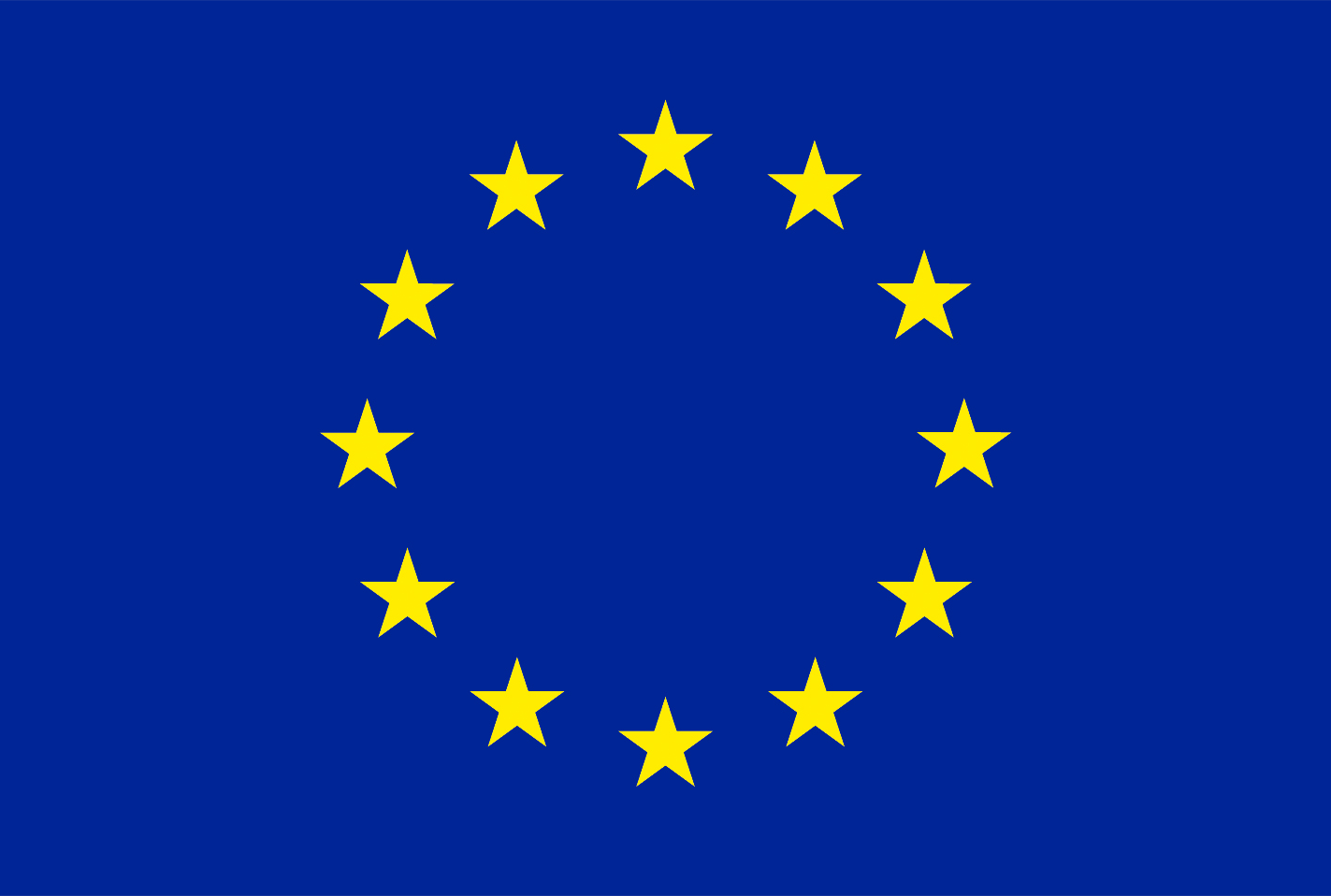Jonathan Farrugia
This presentation discusses a numerical method to predict the dielectric properties of mixture solutions that can mimic the properties of ex-vivo and in-vivo liver tissue between 500 MHz and 10 GHz. In this study, the Bruggemann mixture equation (BE) was used. This equation treats the liver tissue as being composed of two phases, the inclusion phase which refers to solid spherical insertions (dry tissue) and the host phase which refers to the biological fluid content. The predicted mimicking solution consisted of dried liver tissue as the inclusion phase and a phosphate-buffered saline (PBS) solution with a concentration of Triton X-100 (TX-100) as the host phase. Dielectric parameters for the host phase and inclusion phase were measured as a function of frequency using a slim form open-ended coaxial probe at a constant room temperature of circa 25 °C. These results indicate that these solutions can be used to model the human body phantoms for microwave medical applications. The mimicking solution being proposed in this study provides a liquid environment whose dielectric response is similar to that of bovine liver. Therefore, it can be used for electromagnetic (EM) experiments and simulations related to the liver, without the need of obtaining any animal organs.


